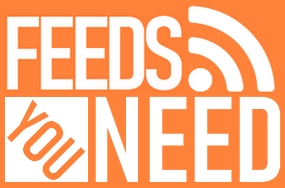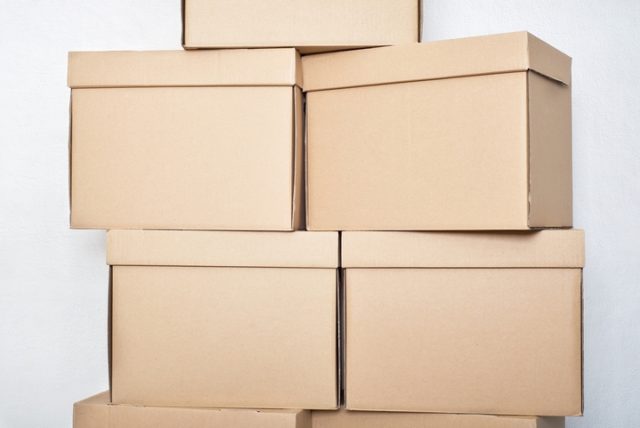In the shipping world, there are two main types of packaging: corrugated and cardboard. While both types are similar in the sense that they use cardboard, they are nonetheless different in terms of form and function.
Whichever packaging material you use depends on the items you are shipping. Some will lend themselves to shipping certain items while others would be ideal for shipping other types of products.
On the face of it, both cardboard and corrugated packaging may not give away much in terms of differences. However, while all corrugated packaging can be referred (although erroneously) as cardboard packaging, the latter cannot be referred to as corrugated packaging. To clear the confusion between the two, let us look at some of the differences.
1. Material Used
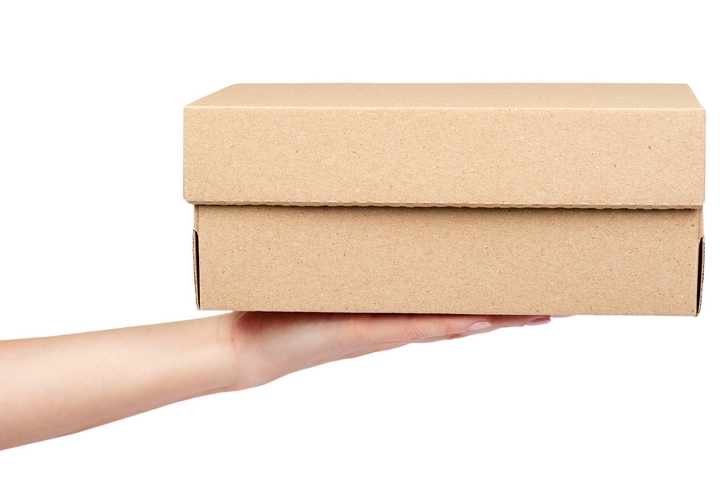
Cardboard boxes are made from heavy-duty paper stock, which is also known as paperboard. Corrugated boxes, on the other hand, are made of corrugated paper that features an inside and an outsider liner or layer, and a fluting sandwiched between them.
2. Use
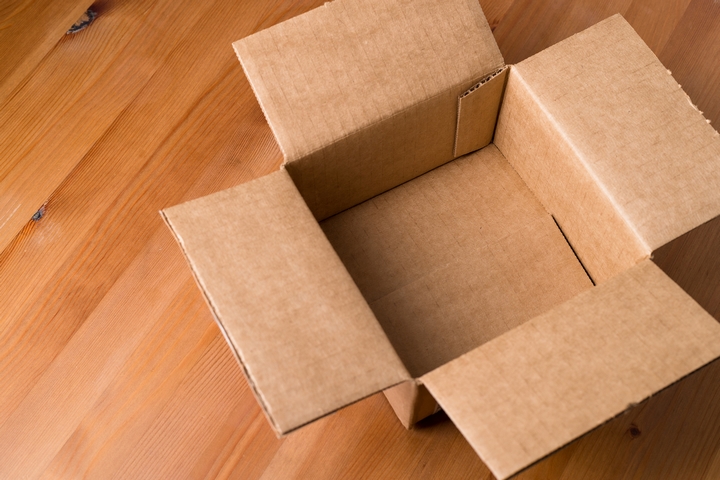
The main difference between the two packaging materials is in their use. Since they are single-layered, cardboard boxes are ideal for light-duty packaging. They can be used to pack food, cereals, and also in making greeting cards, among other uses.
Corrugated boxes feature three layers or liners and are perfect for heavy-duty packaging. While it is lightweight, it is strong enough to carry large goods such as appliances for the home.
3. Manufacture
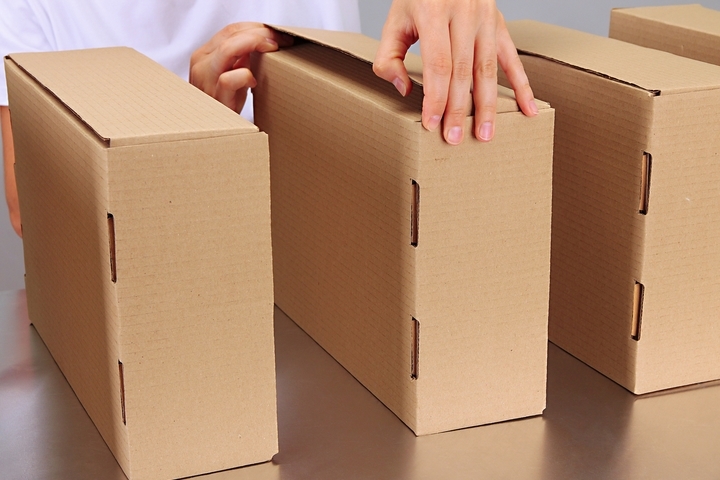
Since cardboard boxes are single-layered and are made up of thick paper pulp, they are easy to manufacture compared to corrugated packaging, which features three layers of corrugated paper.
4. Durability

Cardboard packaging is ideal for a wide range of packaging needs. It is however not durable enough to handle large and heavy items. Due to its fragility, it is only ideal for packaging small and light items. Corrugated boxes are, however, more durable and can handle various packages with ease. Each of the three layers provides added protection to goods that cardboard packaging cannot match. Due to their durability, corrugated packaging can absorb more punishment than cardboard packaging.
5. Cost

Cardboard boxes are a dime a dozen, literally. Since they take a single layer of thick pulp paper to manufacture, they are less costly. Corrugated packaging, on the other hand, is more costly to manufacture and therefore retails at a higher price. However, in terms of cost-effectiveness, the corrugated packaging can be reused for other purposes. Cardboard packaging can also be reused, but it has a shorter lifespan than corrugated packaging.
6. Safety of Packaged Products
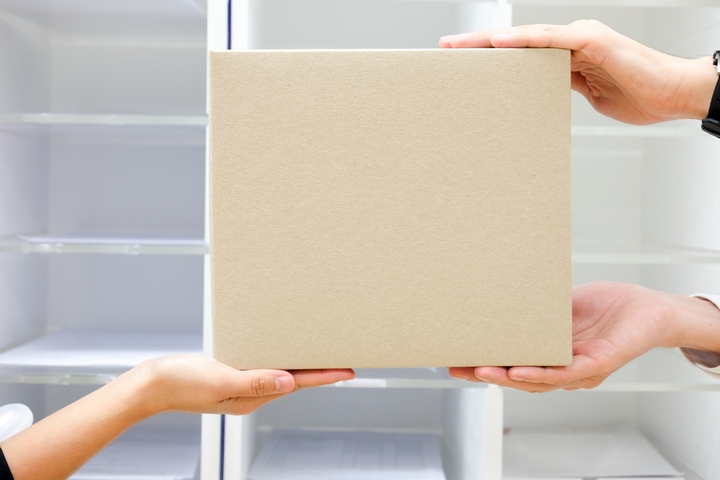
As discussed above, corrugated packaging can withstand a lot of abuse without compromising the safety of items. The same cannot be said of cardboard packaging since they are weaker than corrugated packaging. Besides, the process of manufacturing corrugated packaging involves the use of multiple layers of corrugated paper. This translates into better protection for your products.
7. Crush Resistance
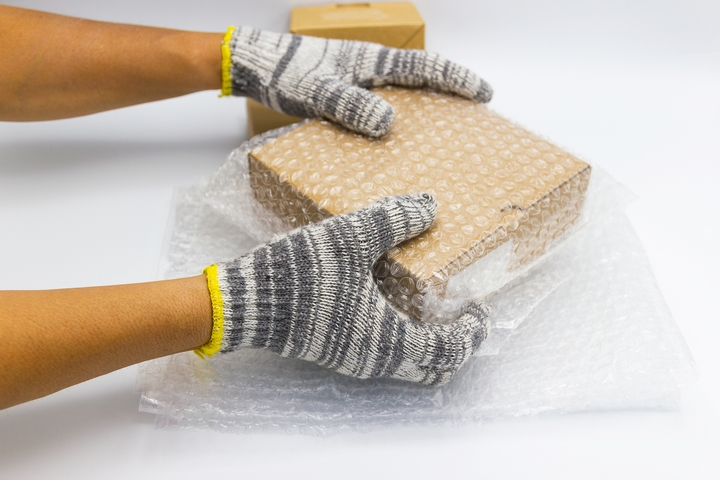
While both cardboard and corrugated packaging provide some level of resistance, the corrugated packaging is superior since it provides a higher crush resistance. To provide an even higher level of protection, the corrugated boxes feature a superior grade of corrugation. They are built according to the nature of products to be shipped, the shipping risks and hazards involved, and the requirements of the end receiver. Cardboard boxes are not as sturdy. They collapse easily under heavy weights and do not provide much crush resistance.
To use cardboard or corrugated packaging is a matter of choice, which is based on the size and weight of a product and the requirements of the end receiver. However, when it comes to quality, durability and cost-effectiveness, the corrugated packaging is more superior than cardboard packaging.
